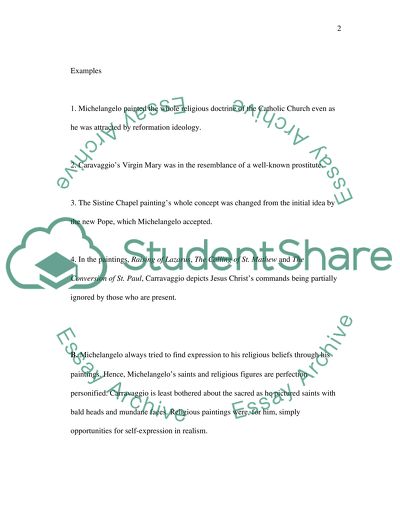Cite this document
(“Religion through Art: Comparing Michelangelo and Caravvagio Research Paper”, n.d.)
Retrieved from https://studentshare.org/family-consumer-science/1414599-religion-through-art-comparing-michelangelo-and
Retrieved from https://studentshare.org/family-consumer-science/1414599-religion-through-art-comparing-michelangelo-and
(Religion through Art: Comparing Michelangelo and Caravvagio Research Paper)
https://studentshare.org/family-consumer-science/1414599-religion-through-art-comparing-michelangelo-and.
https://studentshare.org/family-consumer-science/1414599-religion-through-art-comparing-michelangelo-and.
“Religion through Art: Comparing Michelangelo and Caravvagio Research Paper”, n.d. https://studentshare.org/family-consumer-science/1414599-religion-through-art-comparing-michelangelo-and.


